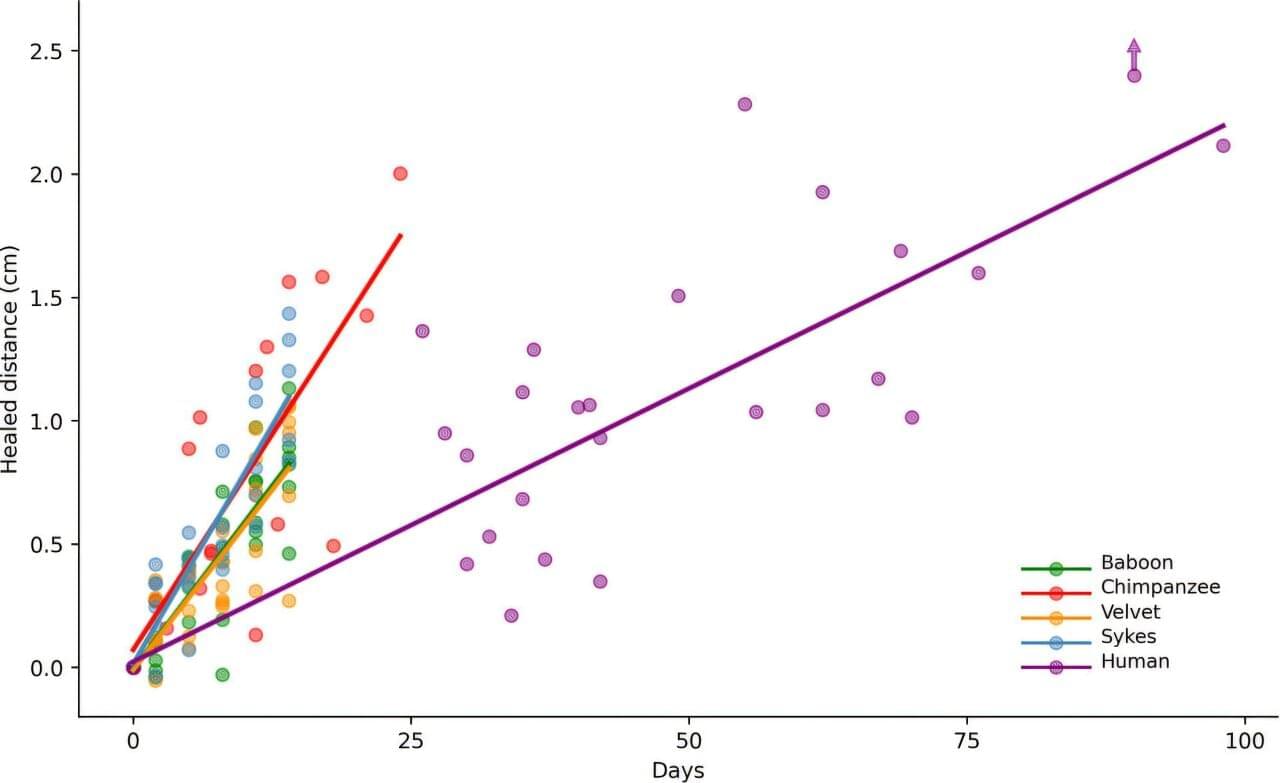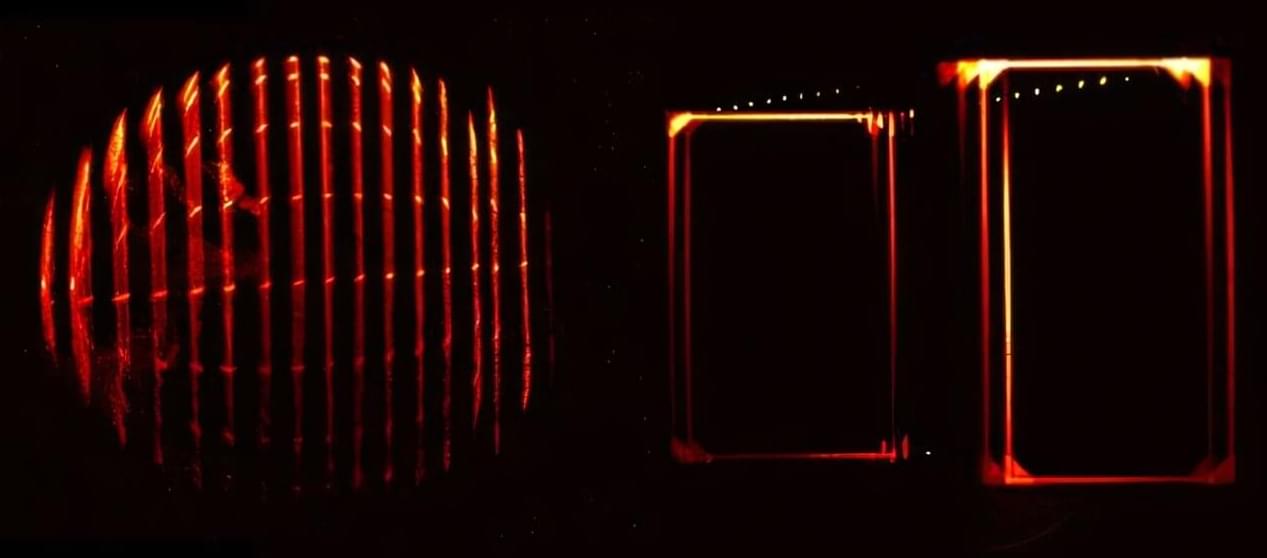Conceptualizing Agentic Intelligence Through Hierarchical Memory Integration 🧠
Thin film solar cells can be integrated into unexpected surfaces, such as building facades, windows, or the growing floating solar market. Thin film’s flexibility opens doors to new applications and helps overcome some of the barriers that have long limited the adoption of solar energy.
A lot of the interest in thin film solar technologies is coming from one company, based right in the heart of the UK: Power Roll. The County Durham-based firm has spent years exploring how to make thin, flexible solar cells that can be applied almost anywhere and has recently been hitting major milestones in commercialising the technology in an effort to get it out across the world.
Solar Power Portal sat down with Power Roll CEO Neil Spann to explore how thin film solar could deliver the government’s promised “rooftop revolution” and how Power Roll’s unique manufacturing process can make solar power a cheap reality worldwide.
“Unbreakable Armor for Tomorrow’s Nuclear Powerhouses” as Next-Gen Reactors Boast Cutting-Edge Shielding Design to Revolutionize Safety Standards
Posted in information science, nuclear energy | Leave a Comment on “Unbreakable Armor for Tomorrow’s Nuclear Powerhouses” as Next-Gen Reactors Boast Cutting-Edge Shielding Design to Revolutionize Safety Standards
IN A NUTSHELL 🔬 Scientists at the University of South China have developed innovative algorithms to optimize radiation shielding for next-generation nuclear reactors. 💡 The newly created algorithms, RP-NSGA and RP-MOABC, significantly improve performance by integrating a reference-point-selection strategy with established optimization techniques. 📈 Experiments demonstrated that these algorithms achieve substantial reductions in volume and.
Laser-cooled atomic gases, gases of atoms chilled to temperatures around absolute zero using laser technologies, have proved to be versatile physical platforms to study and control quantum phenomena. When these atomic gases interact with light inside an optical cavity (i.e., a structure designed to trap and enhance light), they can give rise to effects that can be leveraged to realize quantum sensing or simulate complex quantum systems.
Using atomic gases loaded in optical cavities, physicists have observed various intriguing effects, including self-organization phase transitions, characterized by the spontaneous arrangement of the gas atoms into ordered patterns, lasing and the preservation of quantum coherence. Generally, however, these effects are only observed for short times, as new atoms need to be reloaded in the cavity for them to be produced again.
Researchers at JILA, a joint research institute of the University of Colorado-Boulder and the National Institute of Standards and Technology, recently demonstrated continuous lasing that lasted hours using laser-cooled strontium-88 (88 Sr) atoms loaded into a ring (i.e., circular) optical cavity. Their paper, published in Nature Physics, could open new possibilities for the development of ultra-quiet lasers, as well as quantum computers and sensing technologies.
A team of evolutionary scientists, dermatologists and wildlife specialists affiliated with several institutions in Japan, Kenya and France has found that human skin wounds take nearly three times as long to heal as they do in other primates. In their study, published in the journal Proceedings of the Royal Society B: Biological Sciences, the group conducted experiments involving skin healing speed in humans and several other primates.
Prior research and anecdotal evidence suggest that other animals recover from skin wounds faster than humans. In this new effort, the research team sought to measure such differences.
The experiments involved comparing skin wounds in humans—courtesy of volunteers at a hospital undergoing skin tumor removal—and several primates. Wound healing pace in chimpanzees was measured by studying chimps housed at a sanctuary who endured skin wounds periodically due to fighting between males.
Managing complex medication schedules could soon become as simple as taking a single capsule each day. Engineers at the University of California San Diego have developed a capsule that can be packed with multiple medications and release them at designated times throughout the day.
The advance, published in Matter, could help improve medication adherence and health outcomes by eliminating the need for patients to remember taking multiple drugs or doses at various times each day. It could potentially reduce the risk of missed doses or accidental overdoses.
“We want to simplify medication management with a single capsule that is smart enough to deliver the right drug at the right dose at the right time,” said study first author Amal Abbas, who recently earned her Ph.D. in chemical engineering at the UC San Diego Jacobs School of Engineering. She spearheaded this work with Joseph Wang, a professor in the Aiiso Yufeng Li Family Department of Chemical and Nano Engineering at UC San Diego.
When an object moves extremely fast—close to the speed of light—certain basic assumptions that we take for granted no longer apply. This is the central consequence of Albert Einstein’s special theory of relativity. The object then has a different length than when it is at rest, and time passes differently for the object than it does in the laboratory. All this has been repeatedly confirmed in experiments.
However, one interesting consequence of relativity has not yet been observed—the so-called Terrell-Penrose effect. In 1959, physicists James Terrell and Roger Penrose (Nobel laureate in 2020) independently concluded that fast-moving objects should appear rotated. However, this effect has never been demonstrated.
Now, a collaboration between TU Wien (Vienna) and the University of Vienna has succeeded for the first time in reproducing the effect using laser pulses and precision cameras—at an effective speed of light of 2 meters per second. The research is published in the journal Communications Physics.
Hypergravity refers to environments where the force of gravity greatly exceeds what we experience on Earth.
Myofibroblasts generate fibrotic scars after spinal cord injury (SCI). This is typically regarded as an impediment to nerve regeneration. Understanding the heterogeneous characteristics of fibrotic scars might help to develop strategies for remodeling fibrotic scars after SCI. However, the composition, origin and function of fibrotic scars have been a subject of ongoing debate in the field.
A recent study led by Profs. Dai Jianwu and Zhao Yannan from the Institute of Genetics and Developmental Biology of the Chinese Academy of Sciences employed a combination of lineage tracing and single-cell RNA sequencing (scRNA-seq) to demonstrate the heterogeneous distribution, source, and function of meningeal fibroblasts and perivascular fibroblasts in fibrotic scars.
Their research is published in the journal Nature Communications.









